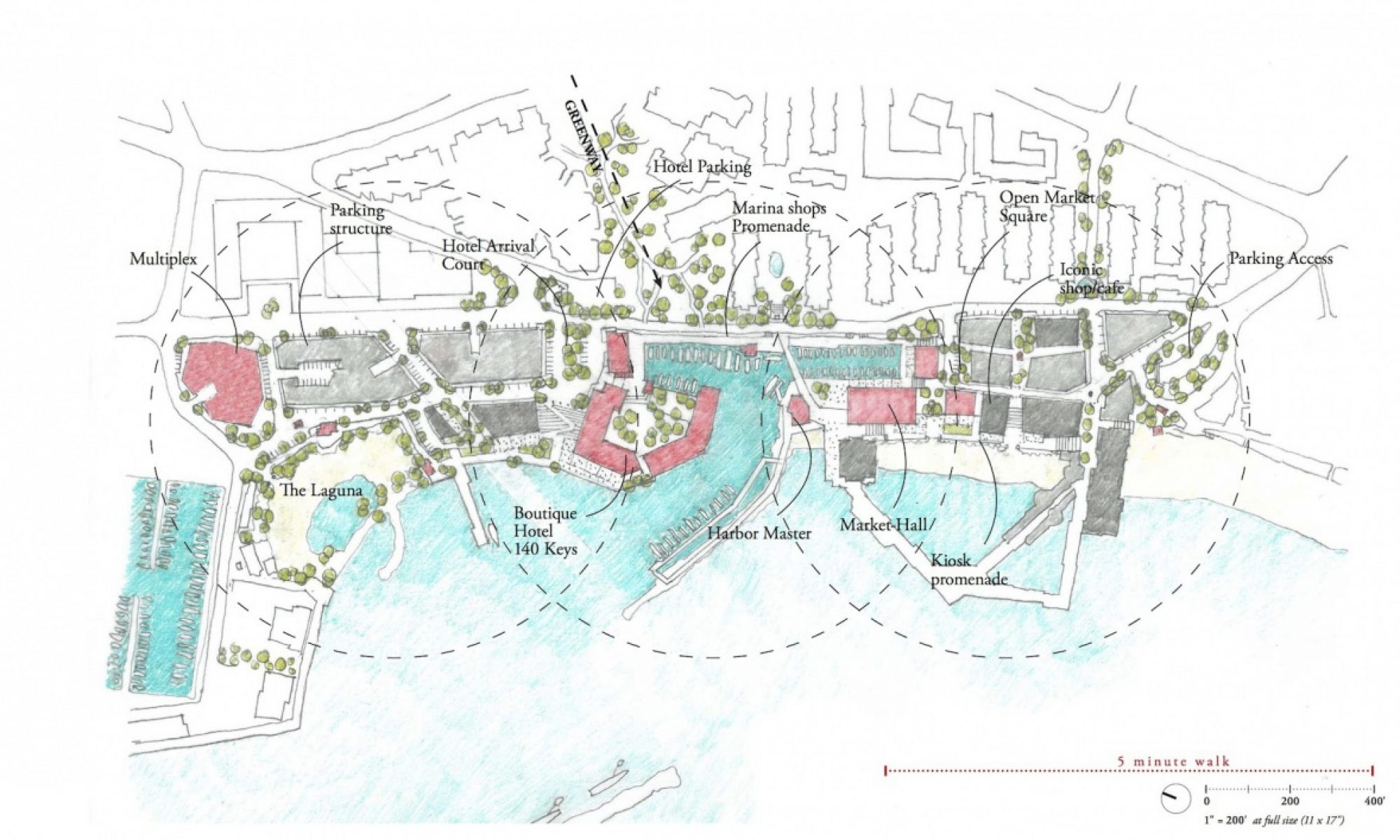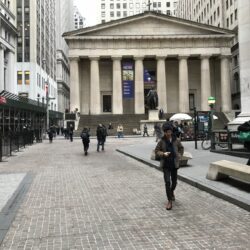Book Chapter In-Progress:
Learning Places: Primary Source Research Strategies for Making Research More Accessible and Effective for Undergraduate Students
with Prof. Anne Leonard
Editor: Lijuan Xu, Lafayette College, Easton, PA
Publisher: Rowman & Littlefield
Book Title: Engaging Undergraduates in Primary Source Research
Expected publication: 2021
Status: First Draft in-progress, due May 31, 2020.
Chapter Proposal:
Learning Places: Primary Source Research Strategies for Making Research More Accessible and Effective for Undergraduate Students.
Primary sources offer students rich, direct vehicles for engagement that enhance research skills and information literacy competencies. This type of research must be introduced in a way that builds this engagement through the appreciation of the unique nature of these types of sources. Using the city as a primary source provides a place-based research experience where direct sensory experience and careful observation stimulate increasing engagement along with critical foundational skills that support and enhance primary source research in general and information literacy in particular. In this chapter we discuss an interdisciplinary course, Learning Places, that uses the city as a laboratory in combination with library and archival primary sources to build empirical research skills and develop information literacy competencies.
In this undergraduate course, typically taught by an architect and a librarian, sites in the city are selected based on their association with rich, multidisciplinary issues in order to link the research of the physical place to other forms of primary documentation accessible through special collections and archives, including maps, photographs, reports, artifacts, drawings, articles, scrapbooks, and oral histories. This provides students with a wide range of potential exploration, working with the materials and issues that most interest them. The physical site and archival materials enhance each other; the site field research offers a live, dynamic experience that establishes relevance and context for archival materials while the archival materials enrich the appreciation of the meaning and significance of the site. In this way, the library component of this course is not servicing architectural and urban research; the two disciplines stand side by side providing disciplinary lenses to explore this range of primary sources.
The course Learning Places was conceived to respond to a call for interdisciplinary courses to satisfy a new college common core requirement for all Baccalaureate degree students. The ideas and strategy for this course emerged from fellowships funded by a grant by the U.S. Department of Education titled “A Living Laboratory: Revitalizing General Education for a 21st Century College of Technology.” The Living Lab project at New York City College of Technology (hereafter City Tech) emphasized integration of general education across the curriculum, High Impact Educational Practices (HIEPs), and place-based learning. The Learning Places course adapts a combination of place-based learning and undergraduate research emphasizing learning through inquiry. The course is sympathetic with STEM emphasis on laboratory experience, using site reports modeled on lab reports that foreground observations and methods of investigation. This urban commuter college, the largest public baccalaureate college of technology in the Northeast, is an open-enrollment institution of over 17,000 students. City Tech serves a diverse student body with varying degrees of college preparedness. In this context, the research centered on primary sources offers a direct tangible approach for students with varying skills and prior experiences.
The emphasis on non-traditional methods of research and documentation are important to the goal of making research more effective and accessible to our students. Throughout the semester there is a continuous buildup of information literacy through research workshops and visits to special collections and archives. These course activities are combined with the development and support of inquiry skills applied to both the materials held in these collections as well as the site chosen for study itself, through multiple modes of observation, voice memo documentation, interviews, sketching, video, and photography. Instead of a culminating research paper, the students work in teams to produce a podcast or multimedia presentation. This strategy has the advantage of avoiding many of the factors that challenge the production of a good college research paper, especially tendencies for plagiarism and rote presentation of low-grade secondary sources. In this course, the primary source research conducted by the students is presented in a medium that breaks through the learned habits associated with the college paper and allows teams of students to creatively compose and narrate their research and findings. The podcast or multimedia presentation mirrors and builds on the nature of primary sources through the directness of the documentation, where the student production and script are more consciously developed with a research audience in mind.
Instructors assess student work through frequent blog posts and by gathering midterm and end of semester reflections. Further, review of documentation through site reports early in the semester in comparison to the final podcasts reveals that citation of sources is improved and plagiarism is avoided in the podcasts. The critical benefit of foregrounding primary source research is placing the power of interpretation in the students’ hands rather than leaving it to be mediated through secondary sources. In this way, the research in this course is unlike previous research experiences, instilling confidence in students’ original interpretations and manifesting their academic voices while nurturing their information competencies.
Email correspondence: Acceptance of your proposal_primary_source_research_chapter




